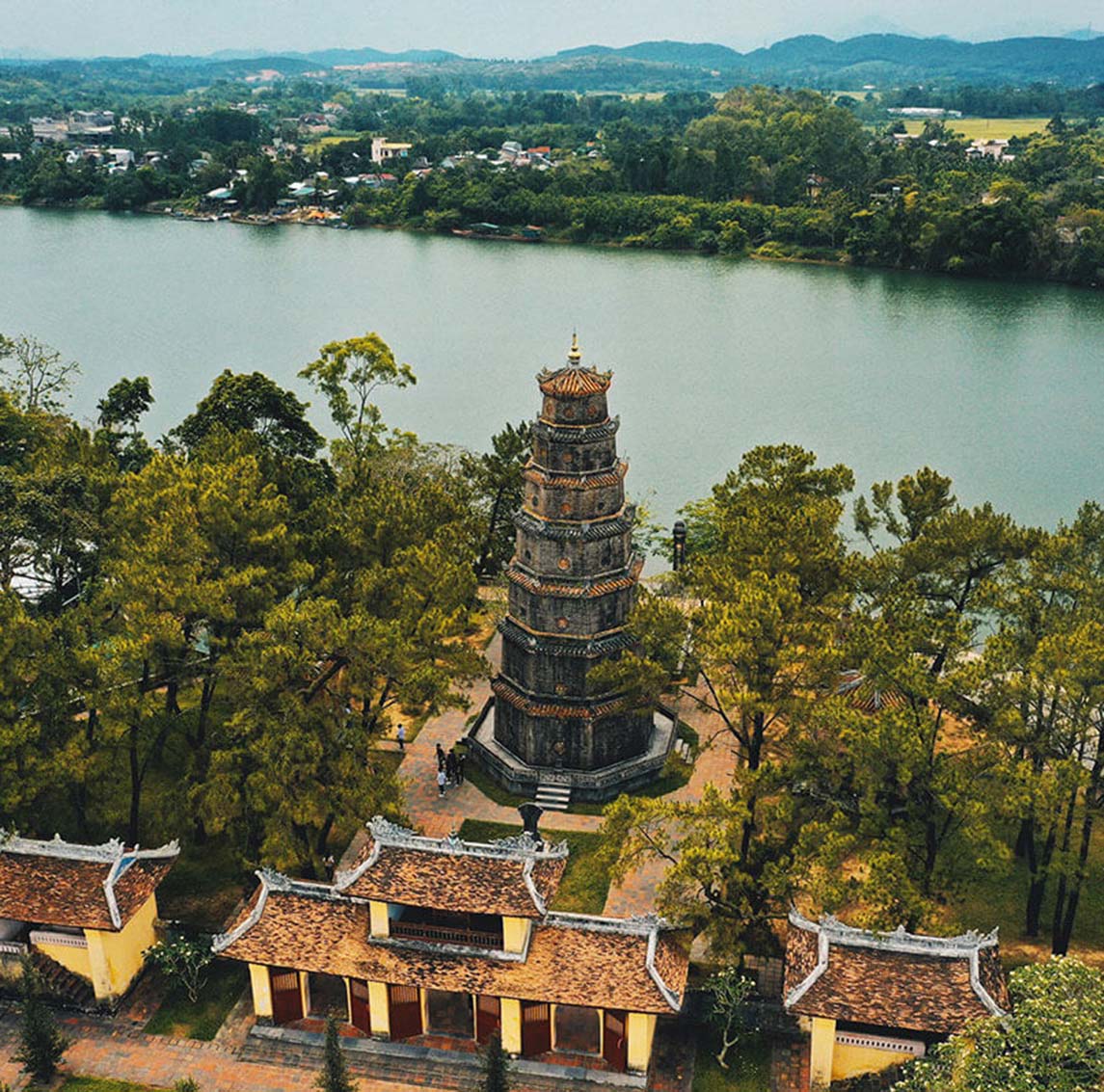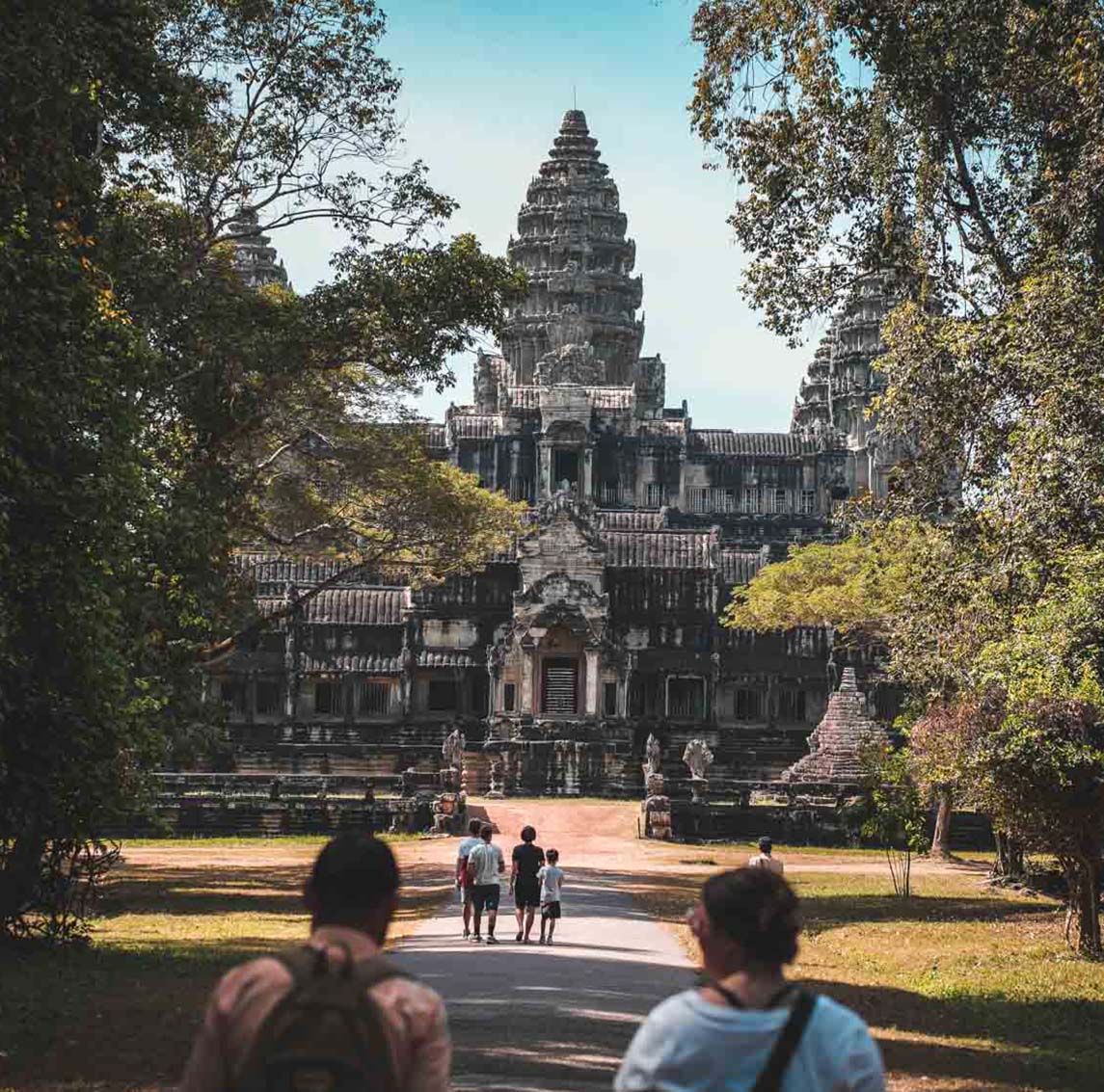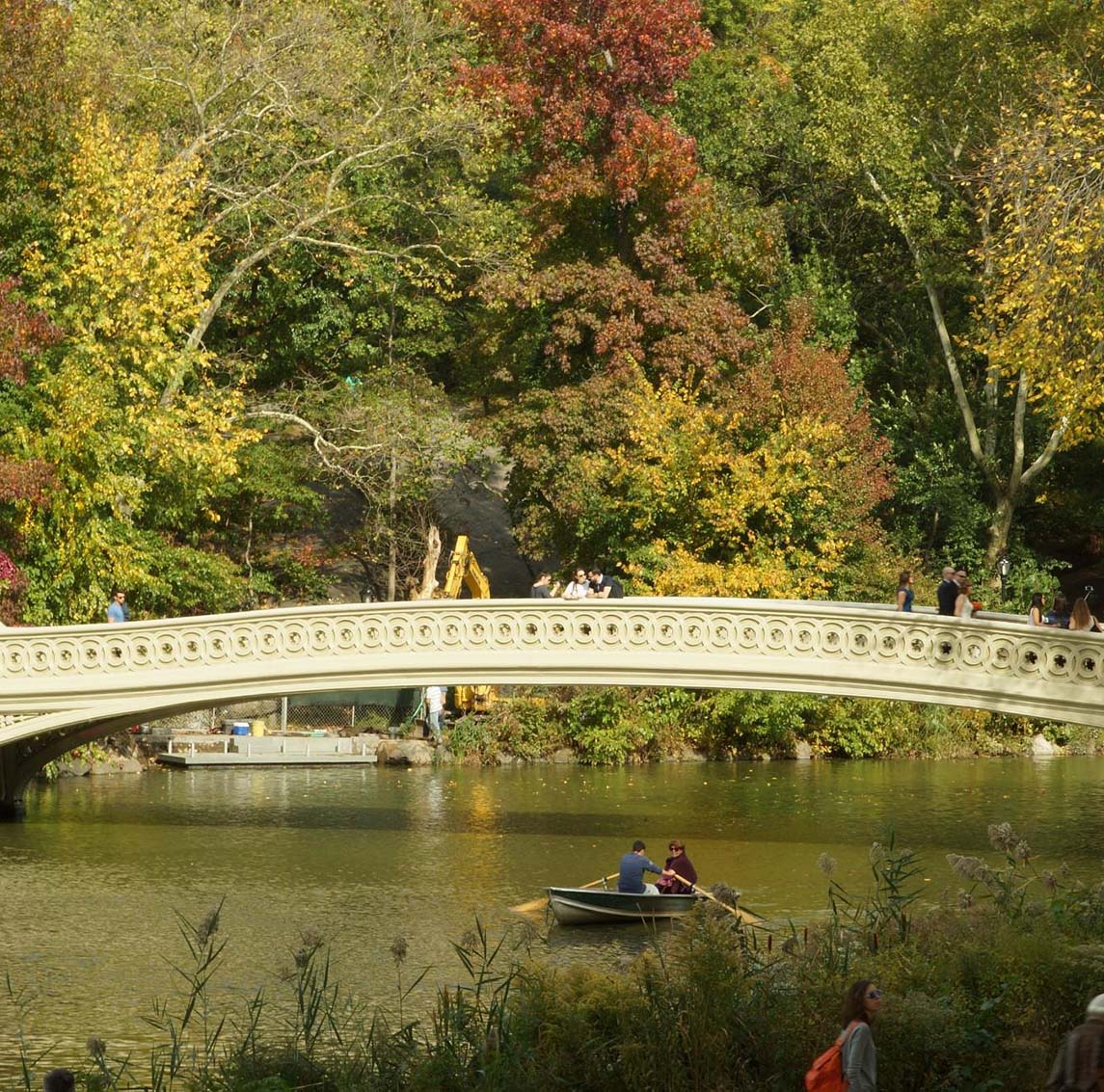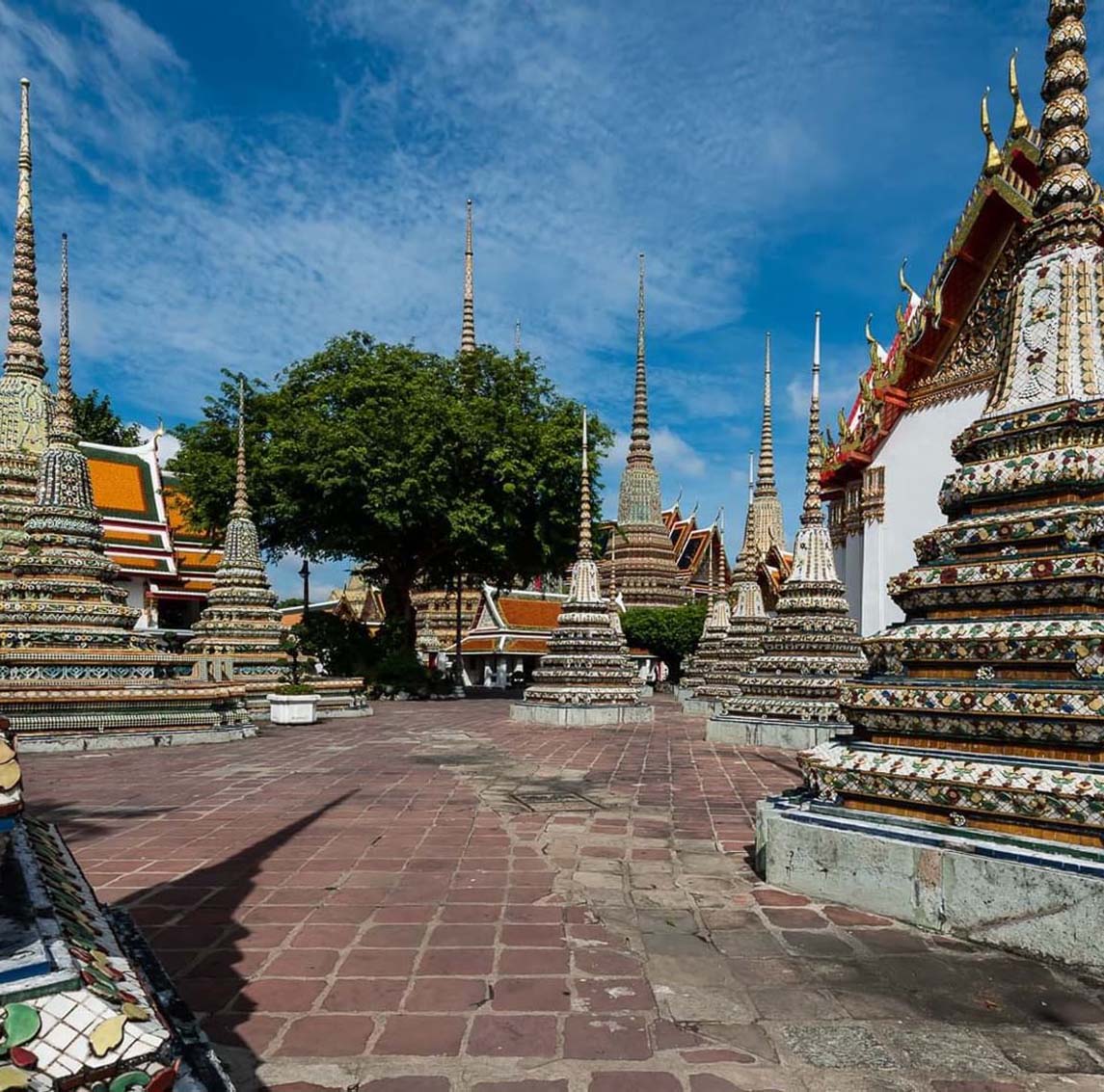Hanoi, the bustling and culturally rich capital of Vietnam, boasts a wealth of historical sites that reveal the city’s deep-rooted heritage. From ancient temples to colonial-era edifices, Hanoi’s historical landmarks provide a captivating glimpse into its storied past. Join me on an exploration of the historical tapestry that defines Hanoi, Vietnam.
Hoan Kiem Lake: The Epicenter of Hanoi’s History
- Ngoc Son Temple: Nestled on a small island within Hoan Kiem Lake, Ngoc Son Temple stands as an enduring symbol of Hanoi. Accessible via an iconic red bridge, the temple pays homage to Confucian and Taoist philosophies, offering visitors a tranquil escape from the urban bustle.
- Turtle Tower: Rising regally from the lake’s center, Turtle Tower embodies the legend of the Golden Turtle God, a narrative deeply woven into Hanoi’s cultural fabric.
The Old Quarter: Preserving Ancient Streets and Traditions
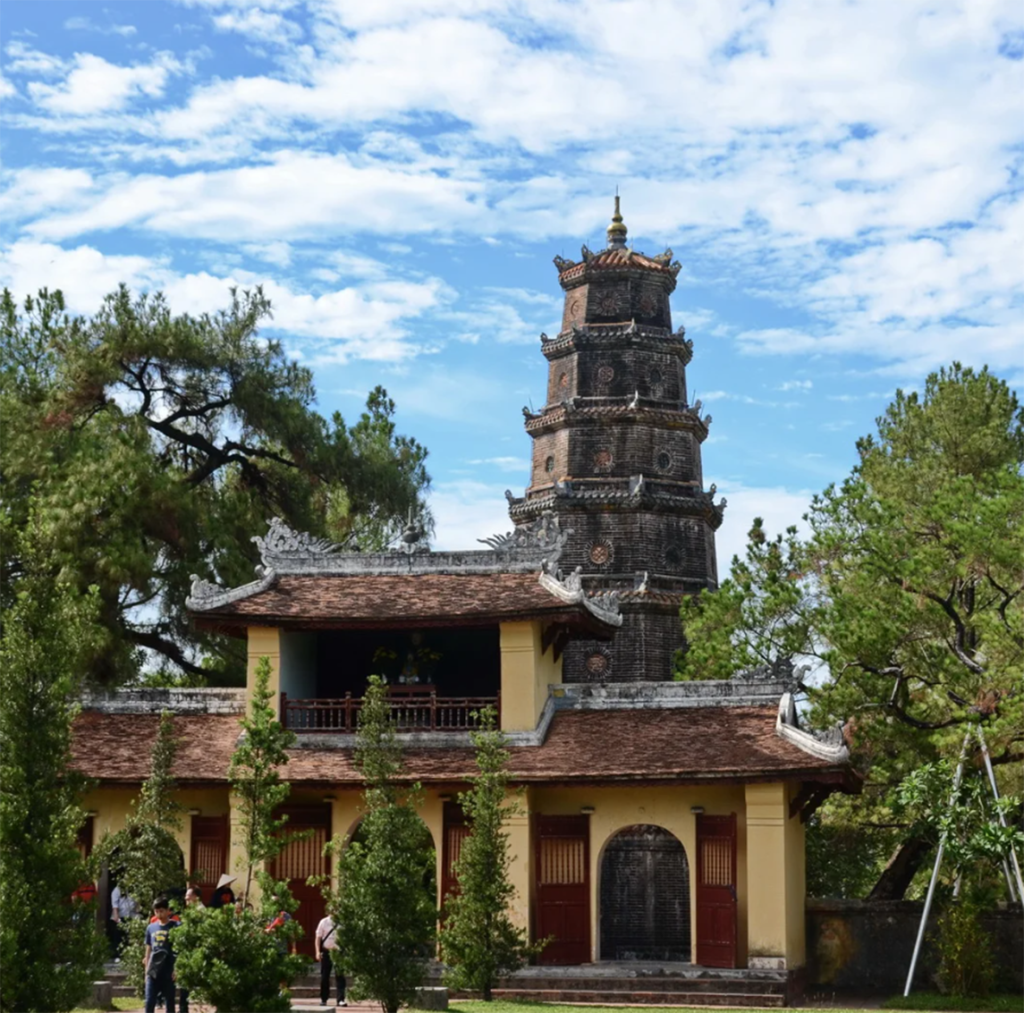
- St. Joseph’s Cathedral: An architectural marvel of French colonial influence, St. Joseph’s Cathedral is a prominent feature of Hanoi’s historical landscape. Its neo-Gothic design contrasts beautifully with the traditional surroundings.
- Bach Ma Temple: Tracing its origins back to the 11th century, Bach Ma Temple ranks among Hanoi’s oldest religious structures. Devoted to the White Horse God, it stands as a cherished testament to the city’s historical significance.
Hoa Lo Prison: Echoes of a Turbulent Era
- Hoa Lo Prison Museum: Originally constructed by the French to incarcerate political prisoners, Hoa Lo Prison bears witness to a somber chapter in Hanoi’s history. Its cells and exhibits provide insights into the prison’s role during both the colonial period and the Vietnam War.
Temple of Literature: A Monument to Academic Excellence
- Temple of Literature: Established in 1070, the Temple of Literature venerates Confucius and celebrates scholars and intellectuals. It holds the distinction of being Vietnam’s inaugural national university.
Presidential Palace and Ho Chi Minh’s Mausoleum: Icons of National Struggle
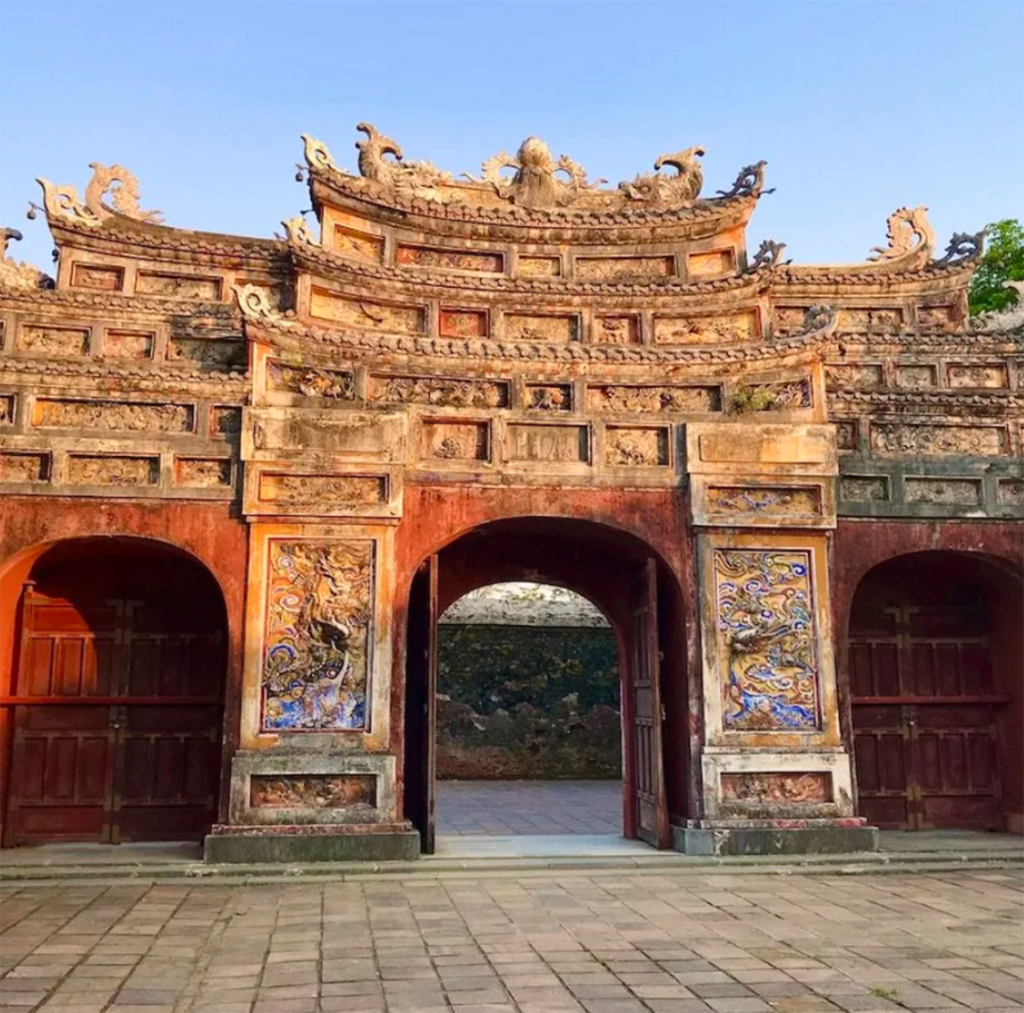
- Presidential Palace: This resplendent yellow edifice once served as the residence of the French Governor-General during colonial rule. Although it now houses government offices, its architecture remains a testament to a bygone era.
- Ho Chi Minh’s Mausoleum: Pay homage to Vietnam’s founding father, Ho Chi Minh, by visiting his final resting place. The austere mausoleum serves as a place of reverence and symbolizes Vietnam’s enduring quest for independence.
A Sojourn Through Time in Hanoi
Exploring Hanoi’s historical landmarks is akin to embarking on a captivating journey through the annals of time. These sites bear witness to the city’s resilience, its unyielding pursuit of independence, and its deeply rooted cultural traditions. Whether you find fascination in ancient temples, colonial-era architecture, or poignant wartime history, Hanoi’s historical landmarks offer an enchanting portal into Vietnam’s past. As you traverse these iconic sites, you’ll undoubtedly gain a profound appreciation for Hanoi’s enduring spirit and the indomitable character of its people.
